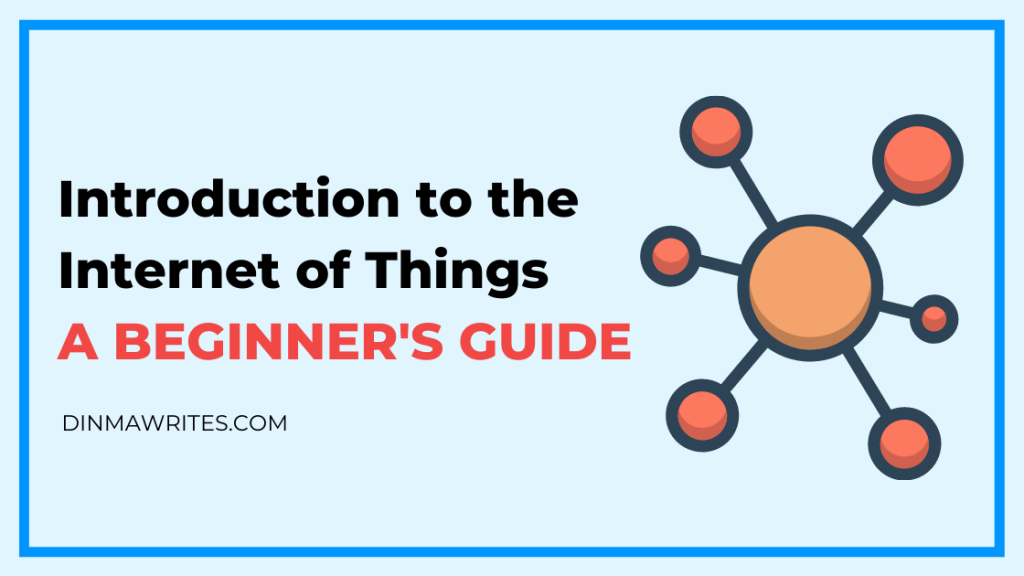IoT has become a buzzword in recent times. It’s a hot topic on nearly every reputable industry website.
But, as with any subject, there are always newcomers.
You may have wondered: what exactly is the internet of things? Is it something that you already know/use but didn’t quite catch the phrase? Why should you even care?
If you are looking for the answers to these questions, then you’re in the right place. In this article, we’ll explain the internet of things in plain English so you join “the informed elite.”
Ready?
Let’s start this way:
How does the internet function today?
The internet, as we know it today, connects people. It helps people communicate with each other irrespective of location or time of the day.
You could describe what we have now as “the internet of people.” That is, people are at the heart of the internet—creating and sharing content, interacting via email, social media and chat boxes. The list is endless.
What if we could transfer this connectivity to things too? What if things (devices) could connect and communicate with each other using the internet as a medium and without human interference? The same way humans do?
That is basically what the internet of things is about—connecting things to the internet.
What is the Internet of Things?
There are two ways to visualize the internet of things:
One, the Internet of Things refers to the concept of connecting any device to the internet for the purpose of collecting and sharing data.
The devices referred to here are those that would ordinarily not connect to the internet—that rules your phone and PC out of it. But a fitness tracker or smartwatch fits into the puzzle. Even your bedside alarm.
Two, the internet of things refers to the billions of already connected devices, which collect and share data.
How huge is the Internet of Things?
The IoT concept has spilled over from small to more complicated objects including jet engines and sophisticated manufacturing equipment. It also includes driverless cars and is now extended to smart cities.
A popular maxim is that “anything that can be connected will be connected.” That opens up a wide range of possibilities. Devices that weren’t built for internet connectivity can now be configured to enable this as long as the device has an on/off switch.
In addition, more devices in the future would be built to allow this connectivity. In fact, Business Insider Intelligence reports that by 2020, more than 24 billion IoT devices will be installed globally.
Okay, that’s interesting. But what does it all mean?
What are the benefits of the Internet of Things?
Speed and Convenience – by automating tasks, individuals and businesses can save time and money. We can get things done faster and improve productivity by automating routine work.
Efficient use of resources – the use of smart devices allows us to manage our resources better. The building of smart homes will enable consumers to use energy and appliances more efficiently.
Better decision making – the data generated can help us make more informed choices, learn patterns and make changes based on findings. In food manufacturing, for example, trends in consumer purchases can better help a company know when to produce food and when not to.
Safety – In the healthcare system, doctors can monitor patients remotely through the use of wearable devices. Tracking and monitoring of devices can also reduce theft or misplacement of valuable items. We can also track the quality of products, especially food and drugs, to prevent loss of lives.
Better revenue for businesses – the internet of things has been shown to cut costs by over [percentage]. Businesses who adopt IoT can not only save more money, but they can
Improved consumer experiences – remember the scene where the car sends off signals to the manufacturer and the problem is fixed while you’re still on the wheels? IoT allows for many more of those instances and for consumers to communicate better with the companies they do business with.

